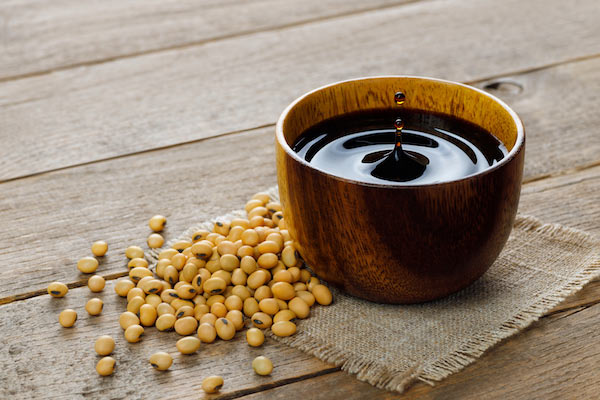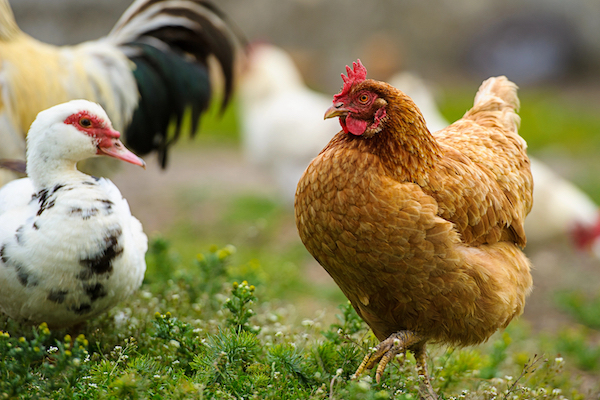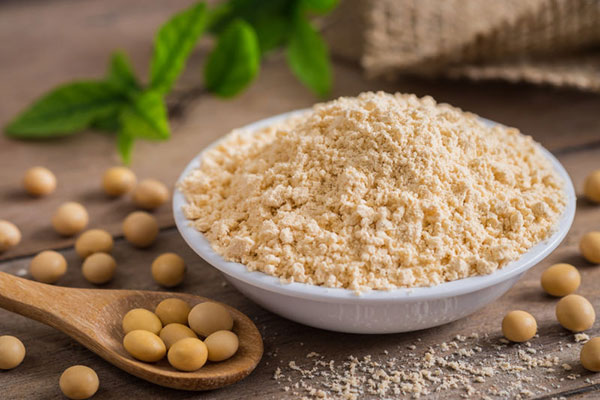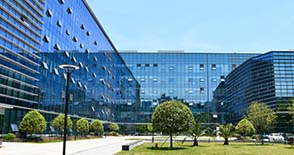-
Home > News & Events > Blog > Enzymes
Chicken has a delicious taste and contains various essential amino acids, making it a high-quality source of animal protein nutrition. Due to its relatively low price, it is highly favored by consumers.
In recent years, global chicken production has been rapidly increasing. According to the Food and Agriculture Organization of the United Nations, as of 2021, global chicken production reached a cumulative total of 9.91 billion tons, representing a nearly 10% increase compared to previous years. How to further enhance the comprehensive value of chicken has also become a highly concerned issue in the food processing industry.
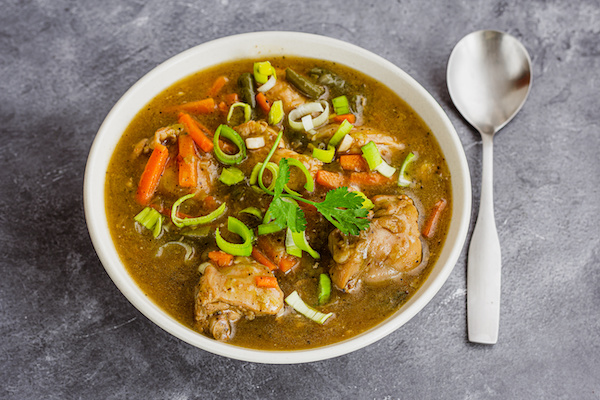
Protein hydrolysis is one of the important methods used in the food processing industry in recent years to improve and enhance the value of proteins. Currently, protein hydrolysis is mainly carried out through acid hydrolysis, alkali hydrolysis, and enzymatic hydrolysis. There are certain differences between these methods. For example, acid hydrolysis is prone to damage amino acids, while alkali hydrolysis alters the structure of amino acids, reducing their nutritional value. Compared to acid and alkali methods, enzymatic hydrolysis has advantages such as gentle conditions, high product safety, and better retention of the bioactivity of hydrolyzed products.
Under appropriate processing conditions, chicken protein undergoes enzymatic hydrolysis with proteases, breaking the peptide bonds and generating smaller peptides and free amino acids. Commonly used enzymes for chicken protein hydrolysis include papain, flavor protease, neutral protease, and complex protease.
Different proteases have differences in their action sites, leading to variations in the hydrolysis products and degree of hydrolysis of chicken protein. For example, papain is an endopeptidase that can directly act on the middle position of the chicken protein peptide chain, while complex flavor proteases contain multiple endopeptidases and exopeptidases, allowing hydrolysis from both ends of the peptide chain and at the middle position. Different enzymes exhibit significant variations in the hydrolysis efficiency, functional characteristics, and composition of hydrolyzed products of the same substrate.
Therefore, the selection of suitable enzymes has a certain impact on the degree of hydrolysis of chicken protein, the molecular weight of peptide hydrolysates, the composition of free amino acids, the antioxidant capacity of the hydrolysis solution, as well as the nutritional value and flavor of the hydrolysis solution.
Characteristics and uses of chicken protein hydrolysates are as follows:
1. Enhancing flavor
2. Having bioactivity
3. Improving nutritional value
Applications of chicken protein hydrolysates include:
1. Preparing natural seasonings
2. Producing functional chicken protein
3. Developing antioxidants
4. Using as animal feed
In the food industry, using enzymatic hydrolysis for deep processing of chicken can increase the content of small molecules such as peptides and free amino acids in the product, significantly improving the nutritional value of chicken. At the same time, this method further enhances the added value and utilization rate of chicken resources.
Recommend Products:
Advantages:
Efficient hydrolysis to provide flavor precursors
Weakening bitterness &retaining characteristic flavor
Improve the stability of paste
Enhance flavor and taste
About Annzyme®:
Annzyme is a new brand for Angel enzymes products. We are dedicated to providing customers with perfect solutions in many fields like baking, proteolysis, nucleic acid hydrolysis, starch further-processing etc, and already built highly automated production lines for enzymes and other biological products. We are committed to become the best enzymes supplier and service provider.
Press contact:
Angel Yeast Co., Ltd.
Address: 168 Chengdong Avenue, Yichang, Hubei, P. R. China
Tel: +86-717-6369520
Fax: +86-717-6370680
Email: lili@angelyeast.com
